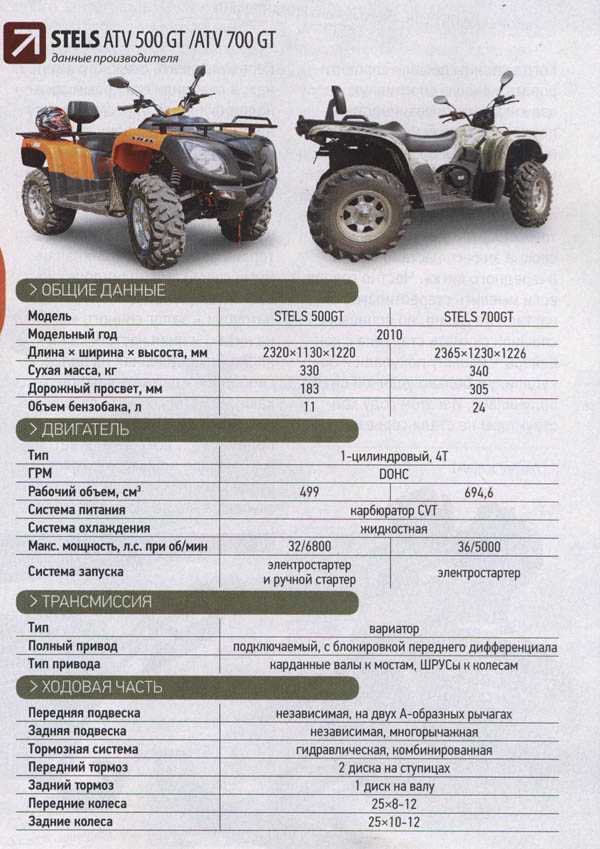Get started on your race car project today with this Quick Start Learning Guide to help you choose books that will provide the best initial value, information and guidance.
Quads and ATVs, like other mass-produced recreation vehicles, are generally customized to perform for racing. Some daring people may scratch-build them as well, as the components are readily available. To our knowledge there is no specific book covering the design and construction of a home-built machine. There are internet articles on race preparation of a production machine.
We therefore suggest starting with a good ATV book that provides a comprehensive view of ATVs, riding, maintenance and if possible, racing. If you are interested in the scratch home-built idea, we’d also suggest looking into spaceframe design, suspension design and metal fabrication. If you’re ideas are really radical, you may wish to consider motorcycle engine race cars for inspiration as well.
Quick Start Books
Shown below are the books we suggest as first-reads for the Quad/ATV race car type. Some of the books may apply to any type of race car including yours. To filter the books, follow the instructions below.
| Book Category | ||||
|---|---|---|---|---|
| Chassis | Chassis Engineering: Chassis Design, Building & Tuning for High Performance Handling (4.5 / 5) Chassis Engineering is a great introduction to race car design. In a practical and down-to-earth way, it covers the fundamentals of how race cars handle and the requirements for designing and constructing a car. The book includes chapters on chassis design, suspension design, frame construction, aerodynamics and tuning. Overall it provides the reader with the foundation of how the key components of a race car work and interact together. Get "Chassis Engineering: Chassis Design, Building & Tuning for High Performance Handling": | |||
| Fasteners/Joining | High Performance Hardware: Fastener Technology for Racers and Enthusiasts (4 / 5) High performance hardware provides both theory and extensive practical information on hardware and fasteners. Get "High Performance Hardware: Fastener Technology for Racers and Enthusiasts": | |||
| Materials/Fabrication | Competition Car Composites: A Practical Guide (4.5 / 5) A comprehensive resource for those building race car chassis or components with fiber-reinforced plastics (FRP). Types of composite materials, moulding techniques, structural techniques, layup, and applications are all discussed in this book. Get "Competition Car Composites: A Practical Guide": | |||
| Materials/Fabrication | Metal Fabricator's Handbook (4 / 5) Teaches welding techniques, metal forming, hammerforming and practical metal fabrication projects. Get "Metal Fabricator's Handbook": | |||
| Materials/Fabrication | Racer's Encyclopedia of Metals, Fibers and Materials (5 / 5) Provides introductory and more advanced information about metals, metal fatigue, composite fibers and the uses of a wide variety of materials in race cars. Get "Racer's Encyclopedia of Metals, Fibers and Materials": | |||
| Powertrain | David Vizard's How to Build Horsepower (5 / 5) A guide to designing the engine as a system and constructing it to produce maximum horsepower. The design aspects use the airflow through each part of the engine as a basis for instruction. Get "David Vizard's How to Build Horsepower": | |||
| Suspension | Competition Car Suspension: A Practical Handbook (4 / 5) Explains race car suspensions theory and design. The author explains the history of suspension design and types, handling theory, suspension design techniques, and the math/calculations used in design. The book also includes a unique string-based model approach to hands-on visualization of suspension movement. Get "Competition Car Suspension: A Practical Handbook": | |||
| Whole Car (Customize/Upgrade) | ATVs: Everything You Need to Know
(4. Provides a comprehensive guide to ATVs. Chapters on choosing the right ATV, ATV riding techniques, kids and ATVs, safety, performance modifications, maintenance and troubleshooting. Includes detailed chapters on upgrades and modifications to the ATV for better offroad capabilities, use as a workhorse, increasing engine power and conversion into a mud machine. Get "ATVs: Everything You Need to Know": | |||
| Whole Car (Design and Build) | How to Build Motorcycle-engined Racing Cars (4 / 5) How to design and construct a motorcycle engine powered race car. This book explains how select and integrate the engine into a car as well as the design of the other aspects such as chassis, powertrain, brakes, fuel, coolant and electrics. Get "How to Build Motorcycle-engined Racing Cars": |
For complete information on the design and construction of the Quad/ATV race car type and a full listing of books and learning resources, see our Quad/ATV race car type article.
This title focuses on ATVs and gives information related to their types, gear, history, and competitions. The title is complete with beautiful and colorful photographs, simple text, and a database for added activities. Aligned to Common Core Standards and correlated to state standards, Bolt is an imprint of Abdo Zoom, a division of ABDO.
Dirt Bikes
Dirt Bikes
Action Sports: Motocross
Baby Tigers
Animal Battles: Anaconda vs. Jaguar
Animal Battles: Great White Shark vs. Killer Whale
Space Tech: Mars Rovers
Top 10: Disguises
Top 10: Moms
Saving Animals After Earthquakes
Inside the Speedway: Motocross Racing
E is for Extreme: An Extreme Sports Alphabet
Motorcycles on the Go
Go-Kart Racing
Dragster Mania
Hot Bikes
Motocross
The Daytona 500: The Thrill and Thunder of the Great American Race
Jeep Wranglers
My Pet Rat
My Pet Ferret
Bayern Munich
Armored Reptiles
Carnivores
Chris Hemsworth
Star Biographies: Meghan Markle
Extreme Sports: Motocross
Action! Race
Talkin' Motor Sports
Auto Racing Super Stats
Parents love Epic!
4. 7 stars | 400K+ APP STORE reviews
7 stars | 400K+ APP STORE reviews
Monkey with a Tool Belt
Disney Princesses: Moana
Scaredy Squirrel Makes a Friend
Timmy Failure No.1: Mistakes Were Made
Diary of a Worm
El Deafo
The Magic School Bus: Lost in the Solar System
The Last Cuentista
National Geographic Little Kids First Big Book of Dinosaurs
Are You Smarter Than a Shark?
My Day with Gong Gong
Brands We Know: Lego
Nat Geo Wild Animal Atlas
Giraffes Can't Dance
Pete the Cat: A Pet for Pete
Astronaut Training
Mi dragon y yo
Brown Bear, Brown Bear, What Do You See?
Classic Goosebumps #1: Night of the Living Dummy
Goodnight Moon
Caillou: I Love You
Where the Wild Things Are
Storytelling Math: Usha and the Big Digger
Snoopy: First Beagle In Space
I Survived #02: I Survived the Shark Attacks of 1916
Okay, Andy!
Phoebe and Her Unicorn
Laser Moose and Rabbit Boy: As the Deer Flies
Ada Twist, Scientist
Merci Suárez Changes Gears
Qué llenará la canasta? / What Will Fit?
Scribbles and Ink
Wings of Fire Legends: Darkstalker
Rosie Revere, Engineer
Cat Ninja Book 1: The Great Hamster Heist
All Tucked In on Sesame Street!
Noodleheads Do the Impossible
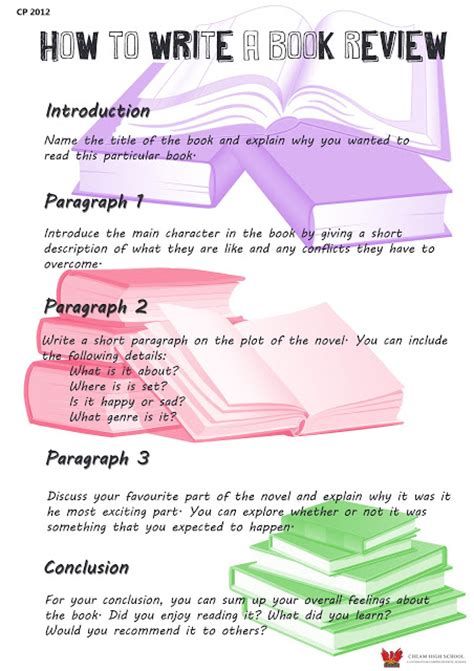
Epic is the leading digital library for kids 12 & under. Inspire a Lifetime of Reading. Anytime, Anywhere With Access To Our Digital Library.
Access to 1 book a day.
Plan details
40k+ books, audiobooks & videos.
$9.99/month
$6.67/month
Save 33%
$79.99 Billed Annually
Plan details
Built on a collection of 40,000+ popular, high-quality books from 250+ of the world’s best publishers, Epic safely fuels curiosity and reading confidence for kids 12 and under.
Whoops! We're sorry but Epic doesn't work properly without JavaScript enabled.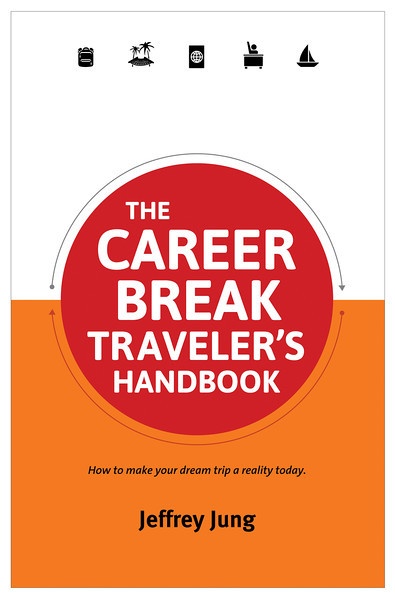 Check your web browser's settings to make sure it's enabled.
Check your web browser's settings to make sure it's enabled.
ATV riding techniques could be the subject of a full book. In the same article, we want to reveal to you the basics of safe riding. At first glance, there is nothing complicated in driving ATVs - you just need to steer and enjoy riding.
When driving over bumps, for example, those of the "wave" type, the driver must change his position all the time. So, when approaching an obstacle, you must shift your body back, otherwise you can hit the obstacle with your wheels. When driving over a bump, you need to move the body back forward, thus preventing excessive separation of the front wheels, i.e. rearing up the ATV. Then, when the rear wheels come off the ground, you need to move back again, otherwise you can fall out of the saddle, hitting your knees on the steering wheel.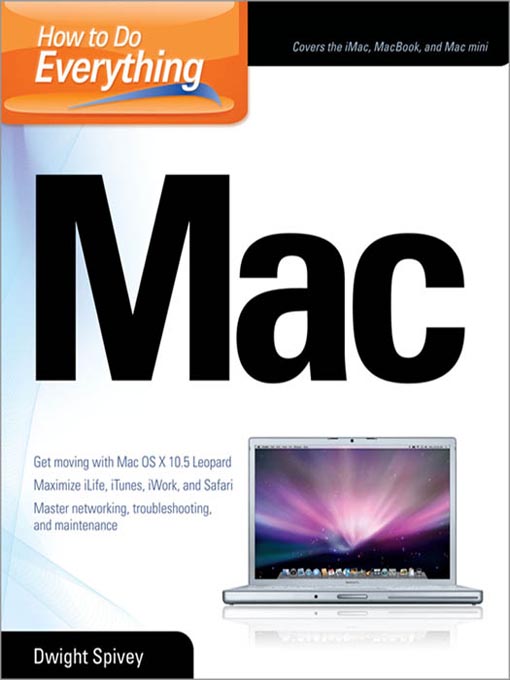
Moving in a straight line at low speeds (up to 40 km/h), you can afford to relax. But at higher speeds or when passing sharp turns and slopes, the driver must move very actively. Indeed, due to the high center of gravity, short wheelbase and small width, ATVs are very prone to rollovers.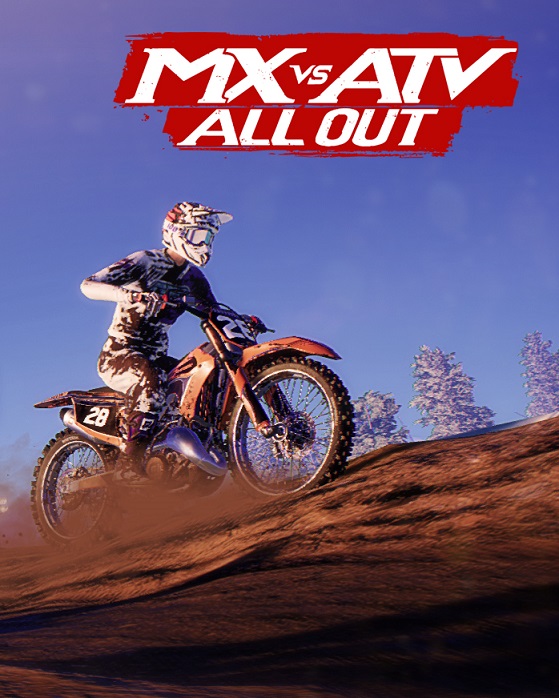 In addition, if the motorcycle flies separately from the motorcyclist during falls, then the ATV most often covers the driver. Therefore, in order for ATV riding not to end with serious injuries, it is necessary to study the driving rules and strictly follow them.
In addition, if the motorcycle flies separately from the motorcyclist during falls, then the ATV most often covers the driver. Therefore, in order for ATV riding not to end with serious injuries, it is necessary to study the driving rules and strictly follow them.
ATV rider's weight is an important factor that affects machine handling. By shifting their weight, the driver can unload or load the front or rear of the ATV, thus compensating for centrifugal forces.
The first rule you need to learn is that when riding an ATV, you need to relax your arms. When driving, the driver can always let go of his hands, because his legs are holding him in the saddle. As the speed increases, the load on the legs also increases.
Conventionally, three racks are distinguished. The middle stance is used when driving in a straight line without turning. When opening the gas, the body must be moved forward to unload the hands. Thus, the front strut is obtained. When braking and closing the gas, the body, on the contrary, must be moved back, i.e. take a back seat. By the way, the word "stand" comes from the word "stand", and this name is not accidental. When actively riding an ATV, you do not have to sit. Standing on an ATV lowers your center of gravity. After all, there is a huge difference between the weight on a high saddle and the weight on the footrests. And the effect of moving the body in a standing position is much greater than from fidgeting back and forth on the saddle.
When braking and closing the gas, the body, on the contrary, must be moved back, i.e. take a back seat. By the way, the word "stand" comes from the word "stand", and this name is not accidental. When actively riding an ATV, you do not have to sit. Standing on an ATV lowers your center of gravity. After all, there is a huge difference between the weight on a high saddle and the weight on the footrests. And the effect of moving the body in a standing position is much greater than from fidgeting back and forth on the saddle.
When going through a turn on a motorcycle, it is tilted inward, thus struggling with centrifugal force. But you can't do that with a quad bike. Therefore, it is necessary to use the weight of the driver. The main rule here is to always transfer the weight inside the turn. Moreover, it is necessary not only to tilt your shoulders. It is necessary to hang the entire body, including the fifth point. Only the shin and knee hold on to the saddle.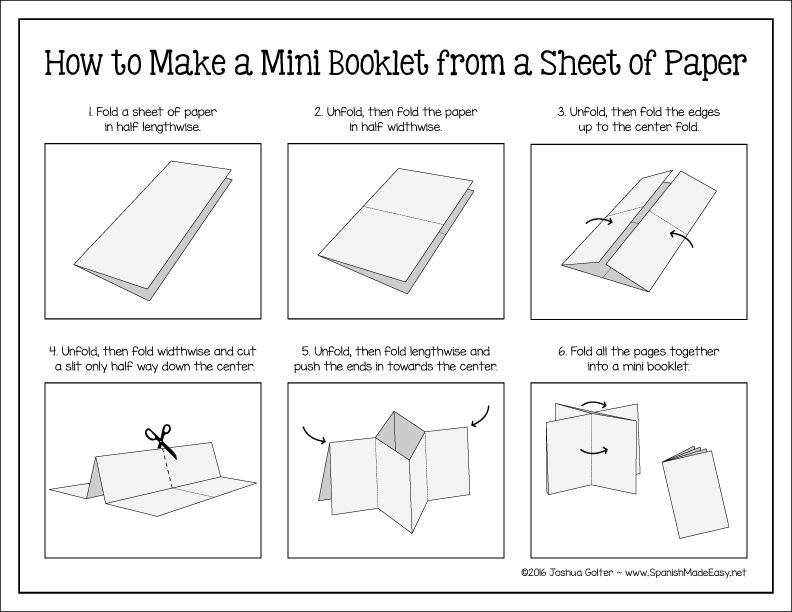 Of course, if you turn at minimum speed, then you can limit yourself to turning the steering wheel.
Of course, if you turn at minimum speed, then you can limit yourself to turning the steering wheel.
The correct stance is characterized by slightly bent knees, elbows set apart, and a slightly arched and relaxed back. Why not stand on straight legs or keep your back straight and tense? Because bent knees allow you to absorb shock coming from uneven terrain. By the way, the force of these blows is sometimes quite enough to knock the driver out of the saddle. A straight tense back under such conditions can lead to injury to the intervertebral discs and even a compression fracture of the spine. Yes, and the internal organs with the wrong fit will have a hard time.
Active ATV riding requires good physical shape. So, in quad schools, the duration of the lesson does not exceed an hour, and at the end of the lesson, students can literally be squeezed out. And riding an ATV off-road is also an activity worthy of training in the gym.
When riding non-sport ATVs, it is best to avoid jumping. Firstly, this way you can break the ATV. Secondly, in order to safely perform such tricks, the ATV motor must have high-torque and fast response to the throttle. If, nevertheless, the jump could not be avoided, then it is necessary to land in the middle stance, but be ready to move to the back. When the wheels touch the ground, you need to slightly open the gas. It is better not to use four-wheel drive when jumping.
Firstly, this way you can break the ATV. Secondly, in order to safely perform such tricks, the ATV motor must have high-torque and fast response to the throttle. If, nevertheless, the jump could not be avoided, then it is necessary to land in the middle stance, but be ready to move to the back. When the wheels touch the ground, you need to slightly open the gas. It is better not to use four-wheel drive when jumping.
Every time you ride an ATV, you need to practice looking into the distance. This is necessary to develop the habit of evaluating the trajectory of movement in advance. Beginners often do not have time to track the road, and at some point they are not ready to perform adequate actions. And another, very predictable obstacle, can become a problem for them.
| When moving along a slope, it is necessary to move the body in the direction opposite to the slope.
|
Before you start climbing, you need to pick up speed. Then the resulting inertia will allow you to smoothly drive into the steepness. If you suddenly open the gas directly on the rise, the ATV may tip over. Climbing should be in the most forward stance and on medium gas. If the incline is too steep, the ATV may roll backward when the throttle is released. In this case, you should not brake with the front axle, not the rear. If the ATV starts to roll over, you can try to jump to the side, but this acrobatic stunt is unlikely to be successful.
If the driver moves his torso out of the turn, then his centrifugal forces will pull him to the outer radius, and in order to stay in the saddle, he will need to firmly grip the steering wheel. At the same time, the ATV will definitely try to roll over. To avoid such an unpleasant situation, it is always necessary to remember a simple rule - to shift the body only in the direction of rotation. Those. if we turn to the left, then we shift the body to the left side, and vice versa.
Descents must be made in the C-pillar. In this case, the arms must be extended and slightly bent at the elbows. There is no emphasis on the hands, you can even let them go, holding on with your feet. The steeper the descent, the more the driver must move the body back. The lower photos show the consequences of a descent in an incorrect landing. The main mistakes - the driver shifted the weight forward and pressed his hands to the body.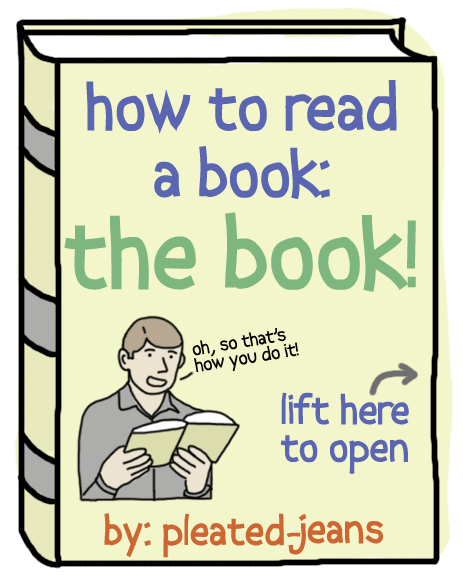
Product category
Kugoo
MOTO WORLD
Husqvarna
Patriot
Brand
Engine type
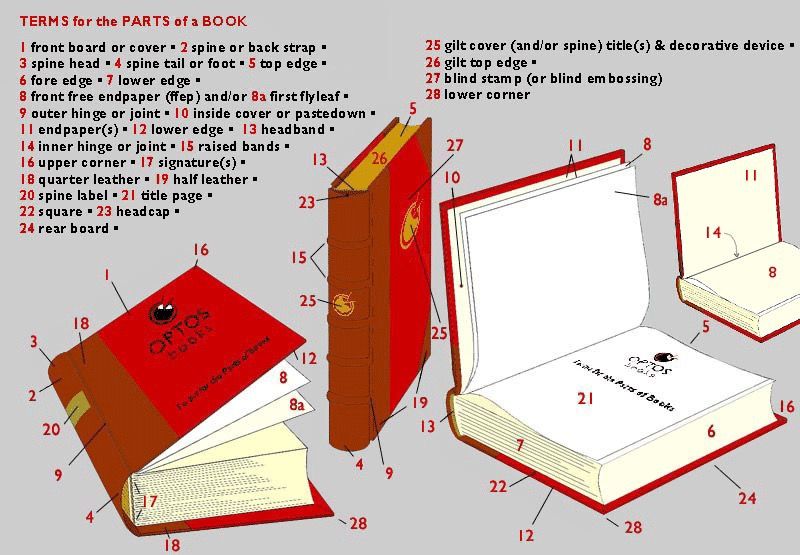 5 hp (1)
5 hp (1)  With. (1)
With. (1) 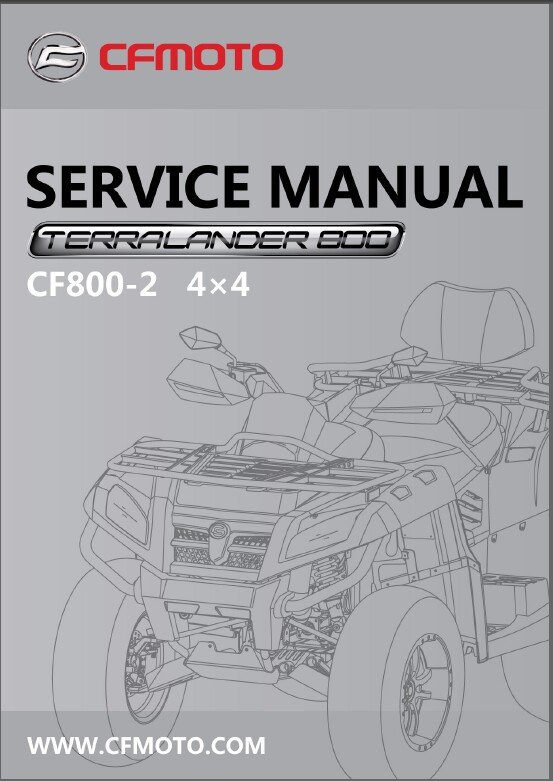 (1)
(1)  7 kW (86 hp) (4)
7 kW (86 hp) (4)  (1)
(1) 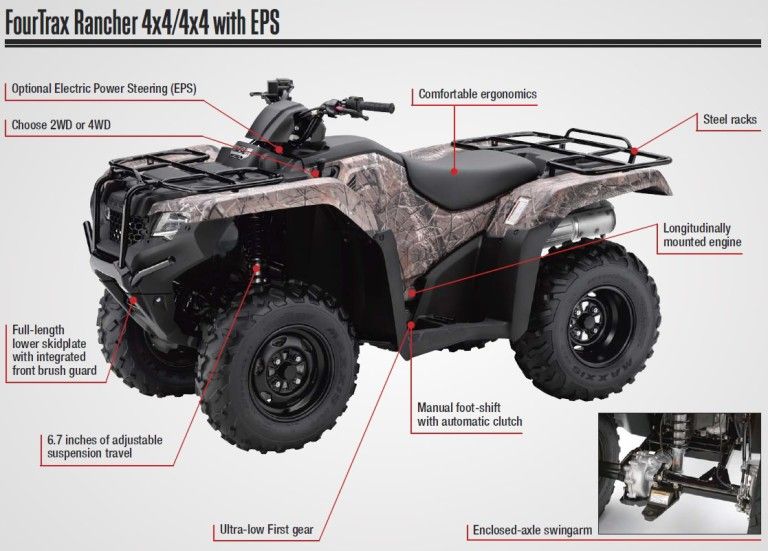 With. (4)
With. (4) 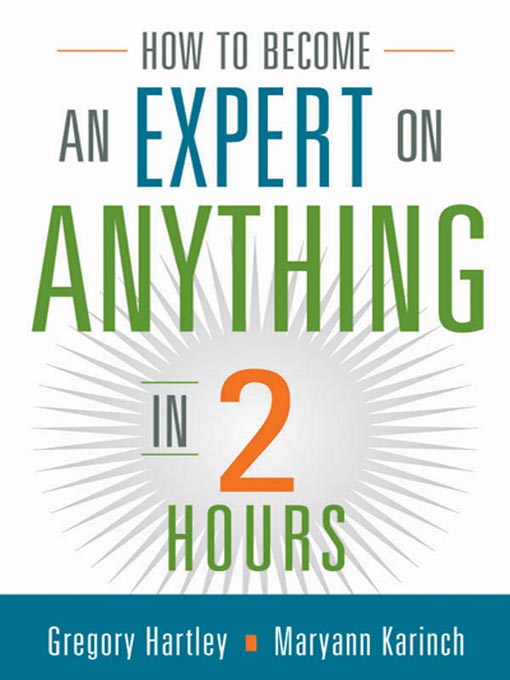 (1)
(1) 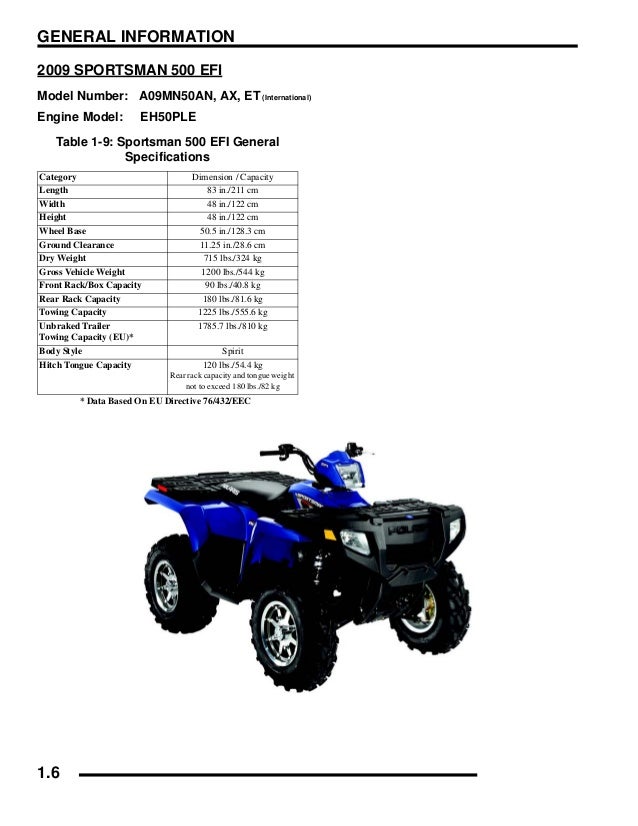 (1)
(1)  With. (1)
With. (1) 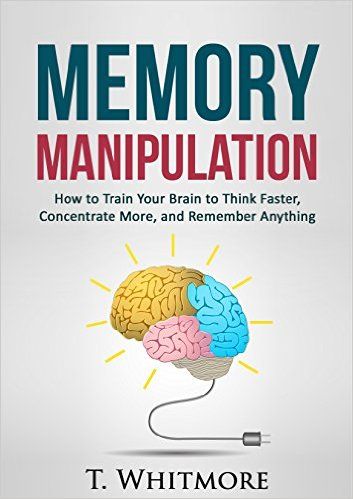 With. (1)
With. (1)  (1)
(1)  (1)
(1)  (1)
(1) 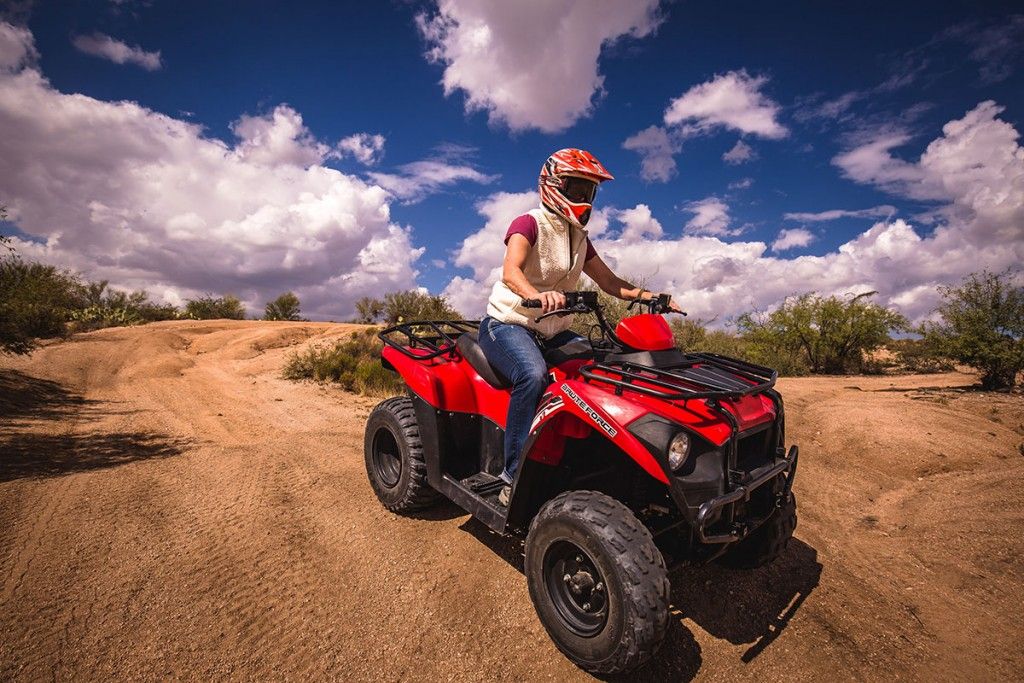 (1)
(1) Engine size
Sort:
By name By price
By appointment, ATVs are divided into:
Utility - four-wheel drive, heavy and powerful, used as an all-terrain vehicle. They accelerate up to 90 kilometers per hour and are able to overcome steep climbs, off-road, rough terrain thanks to a powerful engine up to 100 horsepower. They are useful for transporting goods, clearing snow, at a home construction site, and even as a tractor for cars. The utilitarian models will fit up to 4 people.
They accelerate up to 90 kilometers per hour and are able to overcome steep climbs, off-road, rough terrain thanks to a powerful engine up to 100 horsepower. They are useful for transporting goods, clearing snow, at a home construction site, and even as a tractor for cars. The utilitarian models will fit up to 4 people.
Stunts - two-wheel drive for sports and aggressive driving. Sport quads feature independent suspension, adjustable jump shocks and a wide track. The body is lightened to develop high speed, but their cross-country ability is low. Joe Bird set the Guinness World Record for 137 kilometers per hour on an ATV.
Youth - for 12-16 years old. Differ in the smaller sizes, weight and power of the engine.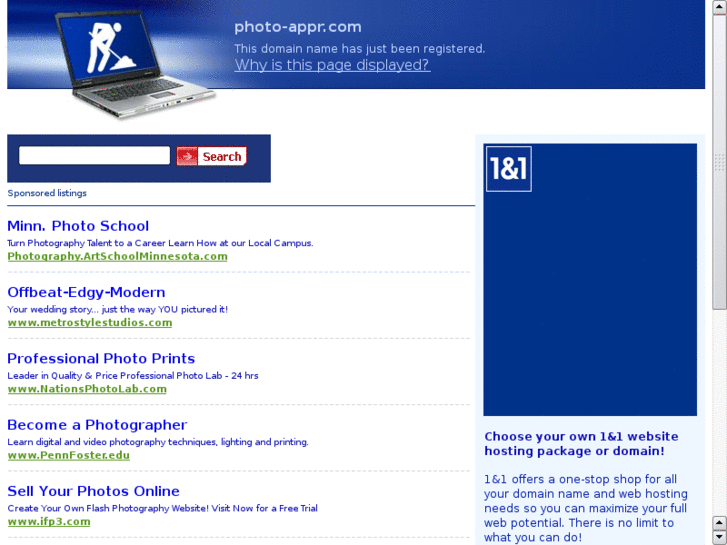 Some models provide speed control and remote shutdown of the engine. Suitable for fun or beginner quad bikers.
Some models provide speed control and remote shutdown of the engine. Suitable for fun or beginner quad bikers.
Tourist - all-wheel drive SUVs. Thanks to the wide wheels with low-pressure tires, they will pass through snow, sand and muddy mud. They can be run in any season.
The prices of ATVs are indicated in the catalog.